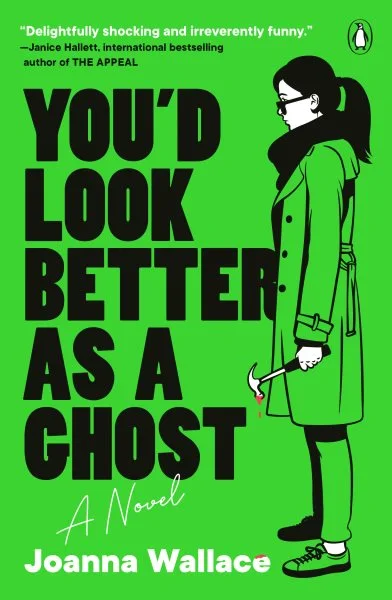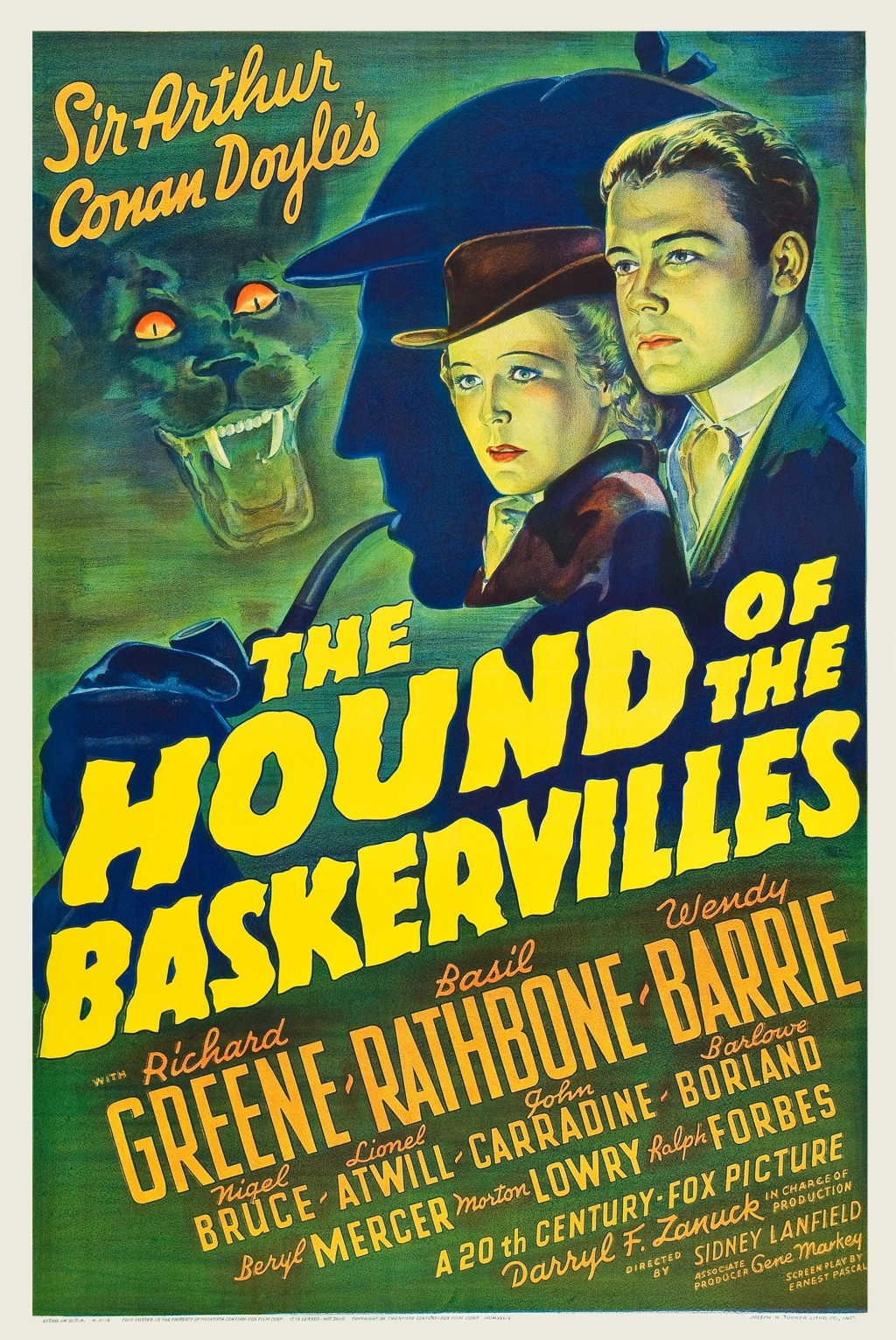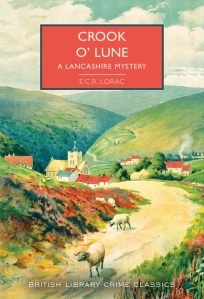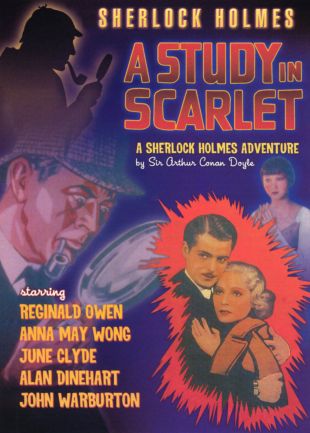
Originally Published 1954
Inspector Slade #21
Preceded by She Died Laughing
Followed by Death Pays the Piper
Earlier this year I had my first encounter with Leonard Gribble and his series sleuth Anthony Slade when I reviewed The Arsenal Stadium Mystery, a novel which was recently reissued as part of the British Library Crime Classics range. When I finished reading I took a look at what else they had written and this book jumped out at me for an obvious reason (for those new to the blog, I kind of like inverted mysteries). Could Leonard Gribble have actually penned an inverted mystery?
Well, no. The Inverted Crime is a fairly traditional puzzle mystery, albeit one with slightly unusual pacing and structural choices. The title comes from an observation Slade makes when he first sees the crime scene that the evidence appears to be the wrong way around both literally and figuratively although it takes some time for him to explain precisely what he means by that and its implications for solving the case.
Superintendent Anthony Slade is approached by Colonel Vane, a man he worked with in the War Office’s Special Intelligence Branch, with a request for help. His nephew has become attached to a woman who is married to Lancelot Lavesty, a man with a scandalous reputation as a womanizer. Though he is frequently unfaithful, Lavesty is unwilling to consider a divorce and Vane is concerned that the affair will soon become a matter of public scandal.
What prompts Vane approaching Slade however is that his nephew has been invited to a house party with Lavesty. The concern is that the two men’s feud may become increasingly heated and that they may become murderous unless a third party is present to keep the pair in check. Slade agrees to attend the party in a private capacity but it seems his presence has had little effect when Lavesty is found shot dead in a boathouse.
The circumstances of the shooting seem a little odd with some physical details of the scene and the condition of the corpse making little sense. For instance, Lavesty has bruising on his face suggesting he was knocked down yet he was shot implying that the murderer came armed. If that was the case though, why not just shoot Lavesty rather than attacking him first?
Making sense of this sequence of events is key to solving the mystery but there is an obstacle in Slade’s path: the local police refuse to call in Scotland Yard so his presence here is strictly unofficial. Sure, Frampton who leads the investigation calls him in at points but he also cuts him out of aspects of the case and makes it clear that he has no authority. Slade decides to look into things regardless but that means he has to conduct his investigation discretely to avoid tipping him off.
I mentioned early in the review that this novel has a slightly unorthodox structure and set of story beats and I think that this relationship between Frampton and Slade is one of the causes of that. Because he is involved only in an unofficial capacity we get little in the way of formal interviews with the suspects and so much of what we do get comes in the form of observations or reported conversations.
There are other ways too in which this story defies the typical structure of a puzzle mystery such as the speed at which the material facts of the murder are established. Within pages of the novel starting we are given a lot of information about the eventual victim, his lifestyle and relationships with others in the house and neighborhood. We are led to expect fireworks between the two men and yet the details of the party are skipped entirely to bring us to the moment where the body is found. It feels rather abrupt and inelegantly handled though I did appreciate the way it causes us to focus on the evidence at the scene rather than our details of events leading up to the moment that the crime was committed.
Gribble also takes the fairly unusual step of slimming down his cast of suspects pretty quickly after the moment in which the murder is committed. Rather than forcing all of the guests to hang around and play a role, those who have no role to play are permitted to return home and we are left with a small core of characters to pick from.
It is quite striking too that Gribble clearly establishes several characters as being roguish or unscrupulous from the moment that they first appear. I found this to be an interesting, if not wholly effective choice. Because there is little attempt made to provide them with a veneer of charm or gentility, these characters read a little flat. I think Gribble makes up for this later with some of his other characters but for the most part I never really felt we get to know them.
Still, Slade knows who these suspect individuals are and so rather than following a typical path of gathering clues and carrying out interviews he follows them and discretely observes their actions. It almost reads like a (rather gentle) thriller except that the reader will likely realize that there must be more going on here and look behind the case as it appears to figure out just what is happening and why.
Happily the explanation of what has happened is much more interesting than the process of Slade’s investigation and this gives the final few chapters a strong impact as he pieces the case together. I think that the sequence of events, while quite complicated, makes a lot of sense of the crime scene and brings things to a very neat conclusion. It is not only well-reasoned and easily visualized, there are aspects of the ending that struck me as extremely satisfying dramatically. It is certainly far more interesting than the plot as it appears for much of the novel.
Unfortunately as strong as the end point of the journey is, we do have to take account of the path to that point and here I think the book lets itself down. Though some parts of the story are intriguing and dramatic, the middle of the book sags with its repetitive and uninspired investigation scenes while the abrupt opening feels a little awkward.
The result is an interesting but somewhat uneven read. I did appreciate the chance to see some of Gribble’s range as a storyteller however and I will certainly be keeping a lookout for other Slade stories in the future.




Leave a comment